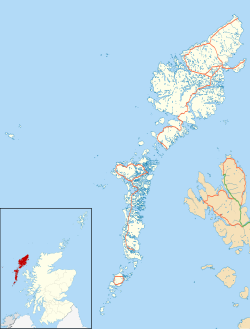Flesherin
| |
|---|---|
 The road through Flesherin | |
Location within the Outer Hebrides | |
| Language | Scottish Gaelic English |
| OS grid reference | NB550364 |
| Civil parish | |
| Council area | |
| Lieutenancy area | |
| Country | Scotland |
| Sovereign state | United Kingdom |
| Post town | ISLE OF LEWIS |
| Postcode district | HS2 |
| Dialling code | 01851 |
| Police | Scotland |
| Fire | Scottish |
| Ambulance | Scottish |
| UK Parliament | |
| Scottish Parliament | |
Flesherin (Scottish Gaelic : Na Fleisirean) is a small village on the Point peninsula of the Isle of Lewis in the Outer Hebrides. Located near Portnaguran, the village has a population of around 100. Flesherin is within the parish of Stornoway. [1] Flesherin is home to the famous accordionists Tommy Darky and John 'Tonkan' Macdonald. Flesherin is also home to the mother of Stuart Braithwaite, from the Glasgow rock band Mogwai and Ronnie McKinnon the famous Scotland football player.
